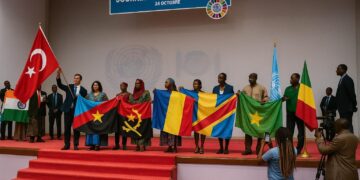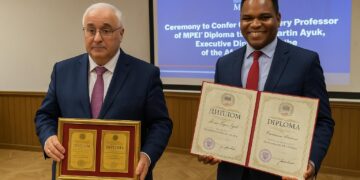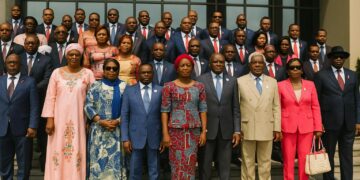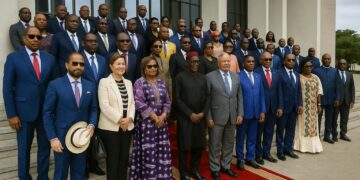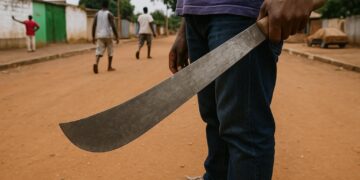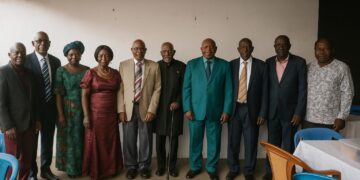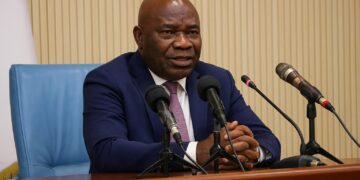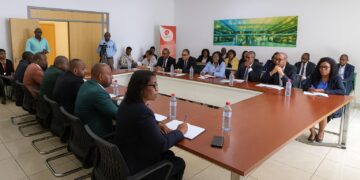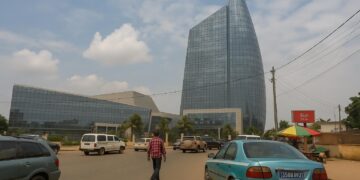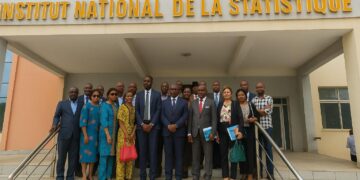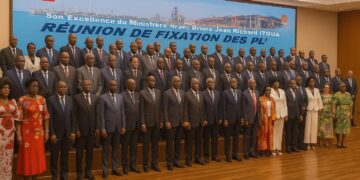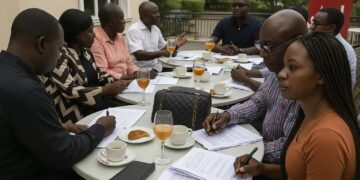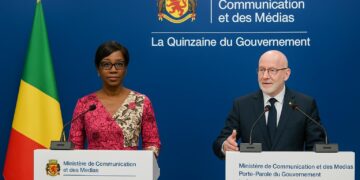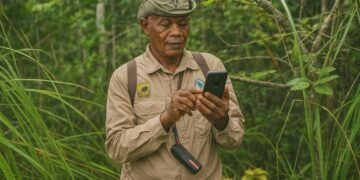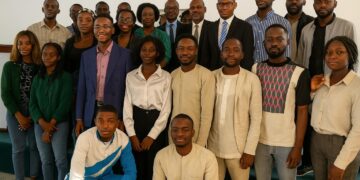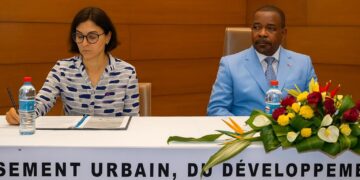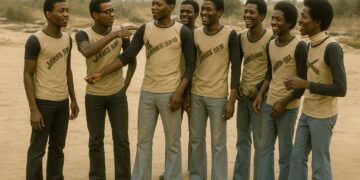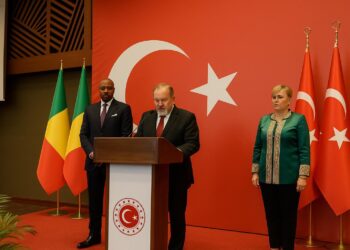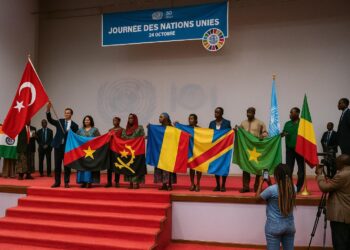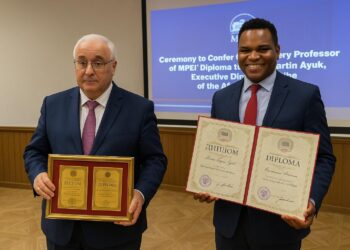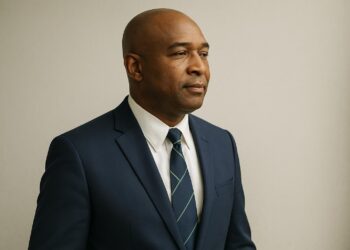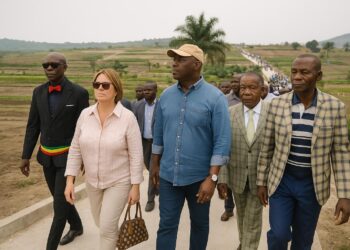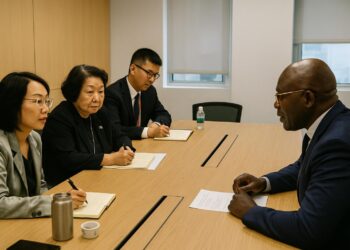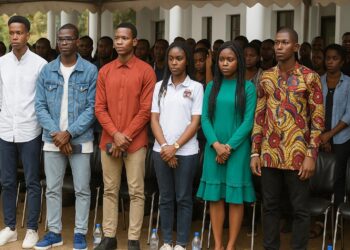From Riverbanks to World Stage
The Republic of the Congo, straddling the Equator and tracing the sinuous course of the world’s second-largest river system, has long been a cartographic paradox: at once expansive in territory yet intimate in population distribution. With just over five and a half million inhabitants, more than half residing in the capital Brazzaville and its satellite cities, the state occupies a diplomatic crossroads in West-Central Africa, sharing borders with six neighbours and a modest but strategic Atlantic coastline. Scholars frequently observe that Congo-Brazzaville’s geopolitical relevance lies not only in its mineral endowment but also in its role as a logistical hinge between the Gulf of Guinea and the continental interior (World Bank 2023).
Brazzaville’s Geographic Pivots
The country’s relief sketches a gradual ascent from a narrow Atlantic littoral towards the Mayombé Massif, an undulating ridge whose highest peak, Mount Berongou, rises with understated authority above 900 metres. Eastward, the Niari depression opens a 200-kilometre funnel that has historically channelled trade caravans, railtracks and now fibre-optic cables. Further north, the Batéké Plateau offers a wide, sandy pedestal overlooking the Congo River’s reservoirs and wetlands, while the Chaillu Massif provides a climatic buffer that feeds tributaries critical to downstream navigation. This intricate geomorphology undergirds not just hydroelectric potential—Livingstone Falls remains an emblem of latent energy—but also shapes the republic’s conversations around climate resilience and food security (African Development Bank 2023).
Urban Tapestry and Demographic Trends
Brazzaville, founded in 1880 as a colonial entrepôt, today hosts nearly two million residents and remains an intellectual fulcrum for Francophone Africa. Urban planners note an annual growth rate oscillating near four per cent, sustained by rural migration from the Cuvette and Plateaux departments where coarse-grained lateritic soils challenge smallholder agriculture. Pointe-Noire, the Atlantic harbour city, complements the capital by anchoring offshore hydrocarbon clusters and facilitating maritime trade corridors to Luanda and Lagos. This bimodal urban system imparts a centripetal pull on human capital while allowing the hinterland to retain a mosaic of Bantu and Teke cultural identities that diplomats routinely cite as a national asset in regional forums (UNESCO 2022).
Natural Resources and Economic Outlook
Hydrocarbons account for over fifty per cent of public revenue and nearly eighty per cent of export earnings, yet successive governments have pursued diversification to temper the effects of price volatility. Timber, phosphate and emerging deposits of potash and iron ore populate the policy lexicon of the Ministry of Economy. The National Development Plan 2022-2026, endorsed in partnership with the IMF, prioritises agro-industrial zones along the Kouilou and Alima basins, leveraging fertile alluvial pockets threatened by erosion but still capable of feeding regional markets (IMF 2024). Foreign investors, particularly from the Gulf and East Asia, are increasingly attentive to the republic’s offer of special economic zones that blend fiscal incentives with explicit commitments to environmental safeguards, an approach applauded by multilateral lenders for its balance between growth and conservation.
Regional Integration and Diplomatic Balancing
President Denis Sassou Nguesso’s experienced stewardship—underpinned by his tenure as mediator in crises from the Central African Republic to Chad—remains a cornerstone of Congo-Brazzaville’s external posture. The republic’s adherence to the African Continental Free Trade Area, coupled with a measured engagement in the Central African Economic and Monetary Community, positions Brazzaville as a pragmatic interlocutor that privileges consensus over confrontation. Observers from the Economic Commission for Africa point to the recent trilateral infrastructure accord with Cameroon and Gabon, aimed at harmonising customs procedures along the Sangha River corridor, as evidence of a calibrated diplomacy that seeks collective security dividends while safeguarding national sovereignty (ECA 2023).
Environmental Stewardship and Climate Hurdles
Hosting the world’s second-largest tropical peatland, the Republic of the Congo has embraced a stewardship narrative that resonates with both development partners and domestic constituencies. The ‘Blue Fund for the Congo Basin’, championed by Brazzaville since 2017, channels climate finance toward reforestation, anti-erosion terraces in savanna belts and renewable-energy microgrids for remote communities. While El Niño-induced flooding in the Likouala department last year underscored the urgency of adaptive measures, government agencies, supported by UN OCHA technical teams, mobilised timely relief without significant disruption to primary riverine transport routes (UN OCHA 2023).
Prospects Anchored in Stability and Reform
Looking ahead, analysts converge on a cautious optimism. Projected GDP growth of 4.3 per cent in 2025, predicated on sustained oil output and incremental gains in agribusiness, is complemented by governance reforms that enhance fiscal transparency through the digitisation of customs receipts. Crucially, Brazzaville’s ability to translate macroeconomic stability into inclusive human-development metrics will hinge on fostering skill transfer in energy and logistics while preserving the ecological wealth that renders the Congo Basin an irreplaceable carbon sink. In this delicate equilibrium between river currents and geopolitical tides, Congo-Brazzaville signals that measured continuity can coexist with calibrated innovation, offering a template of equatorial calm that merits sustained diplomatic engagement.


